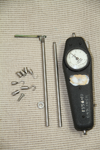First, I’m a frugal (maybe cheap) guy. I recently installed a Timney trigger in a Savage Axis 223. I needed/wanted to test pull weight and lacking a trigger gauge, I made my own digital trigger gauge. Not really, but I made what I had work.
Digital food scale, a non slip surface, and a trigger to scale linkage (AKA a hanger). Zero out the scale with the linkage on the scale. Set up gun with linkage, set phone camera to video and hit record. Test trigger. Scroll through video and ID trigger release weight and screen shot for posterity. Worked like a charm. Tested out a few other triggers.
The plastic hanger yielded a little too much at heavier trigger pull weights, so a more rigid linkage would be better. Any L shape or c shape with proper dimensions would work. I used an open end wrench with the axis before I put the barrel and action back in the stock, but that wouldn’t work with the trigger guard.
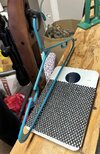
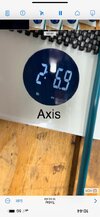

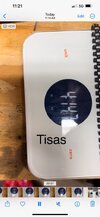
Digital food scale, a non slip surface, and a trigger to scale linkage (AKA a hanger). Zero out the scale with the linkage on the scale. Set up gun with linkage, set phone camera to video and hit record. Test trigger. Scroll through video and ID trigger release weight and screen shot for posterity. Worked like a charm. Tested out a few other triggers.
The plastic hanger yielded a little too much at heavier trigger pull weights, so a more rigid linkage would be better. Any L shape or c shape with proper dimensions would work. I used an open end wrench with the axis before I put the barrel and action back in the stock, but that wouldn’t work with the trigger guard.







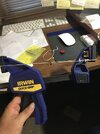
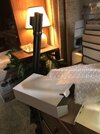

 Random, systematic, human and environmental errors. I'm not going to calculate the uncertainty in my measurements, which I'm sure is fairly high. But, I'm reasonably certain that they are within the acceptable limits for my application. OK, who am I kidding; yeah, I'm definitely going to calculate it when I have time.
Random, systematic, human and environmental errors. I'm not going to calculate the uncertainty in my measurements, which I'm sure is fairly high. But, I'm reasonably certain that they are within the acceptable limits for my application. OK, who am I kidding; yeah, I'm definitely going to calculate it when I have time. ...
...